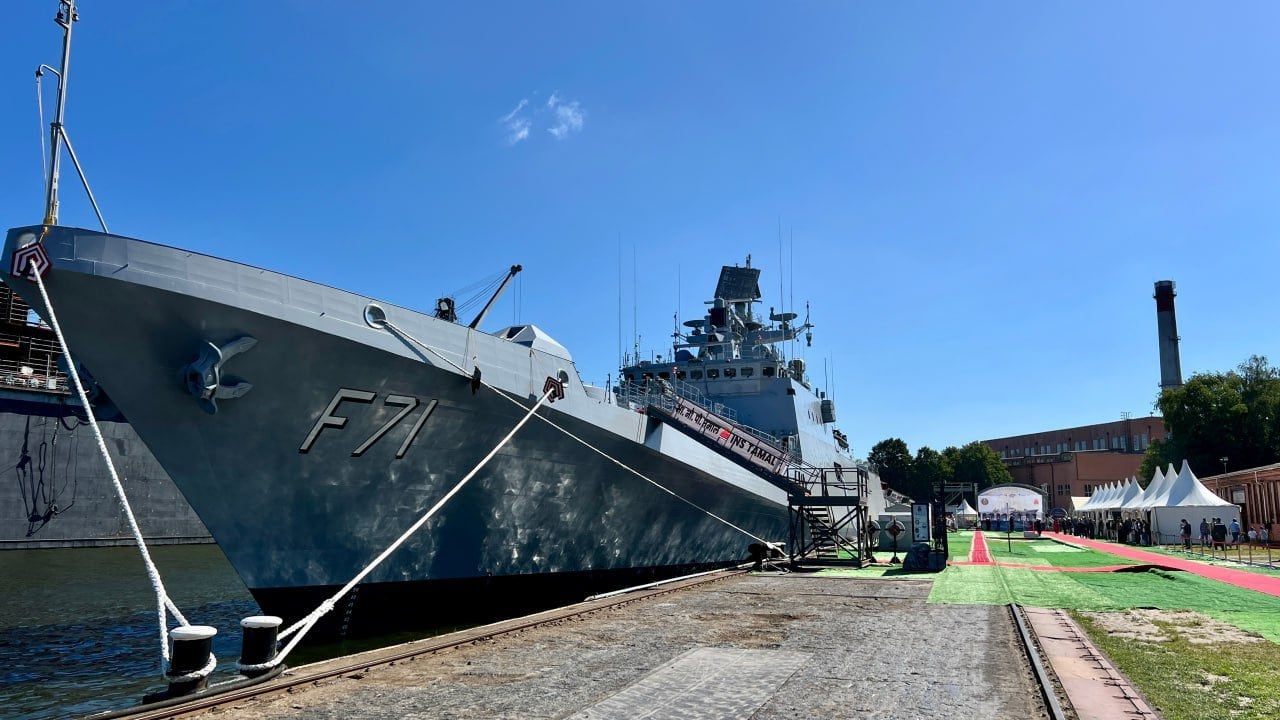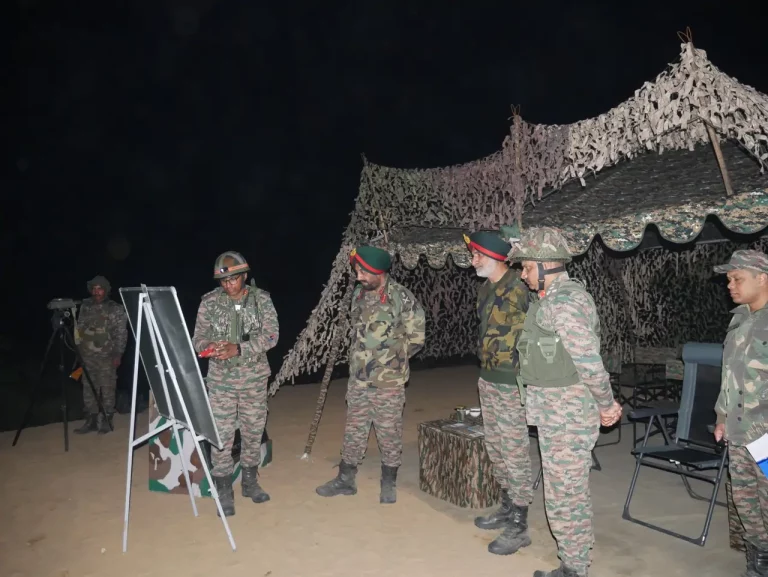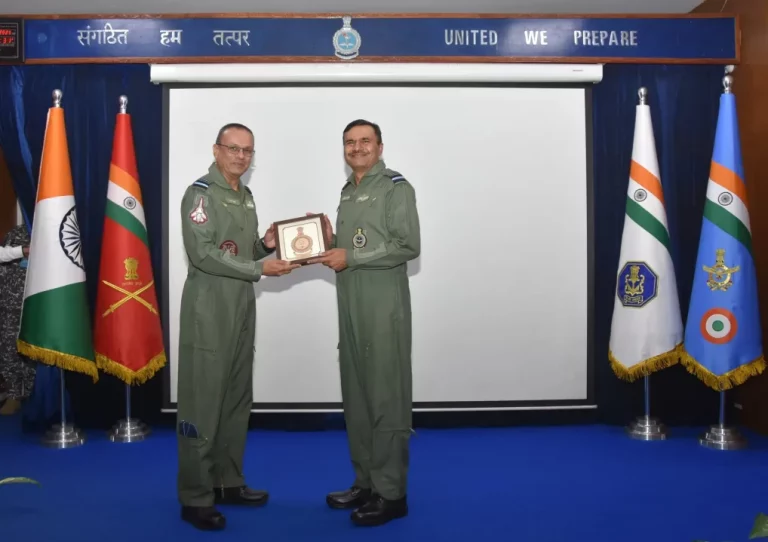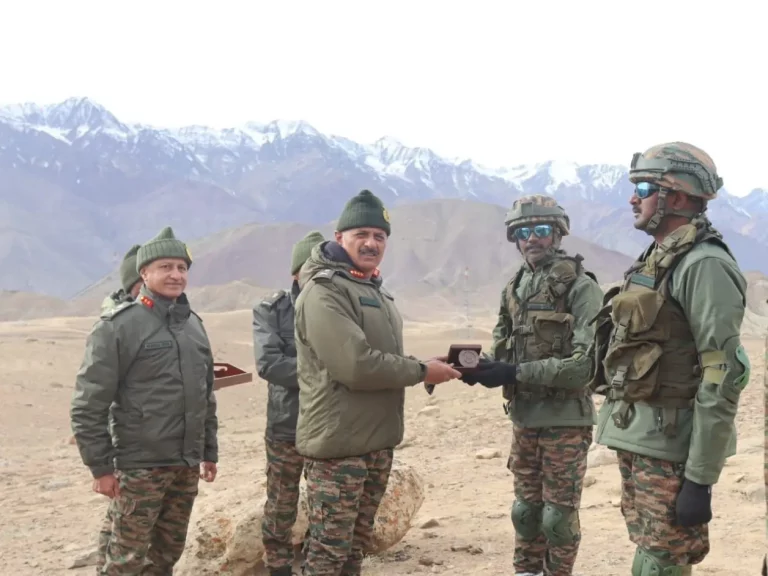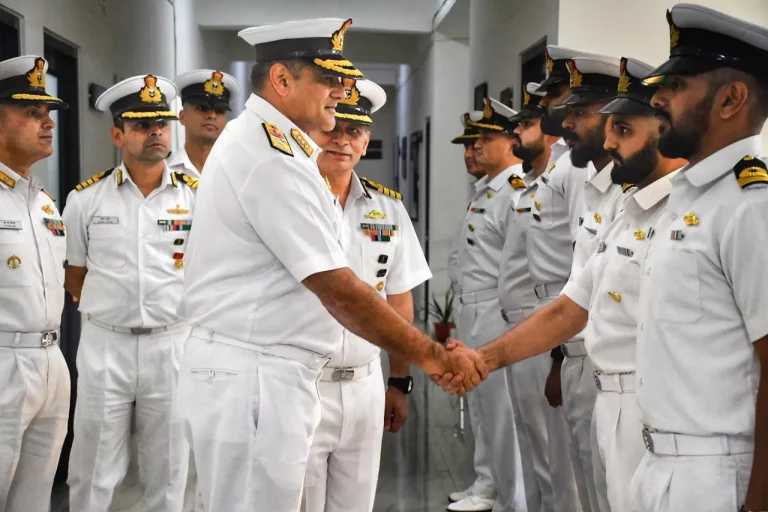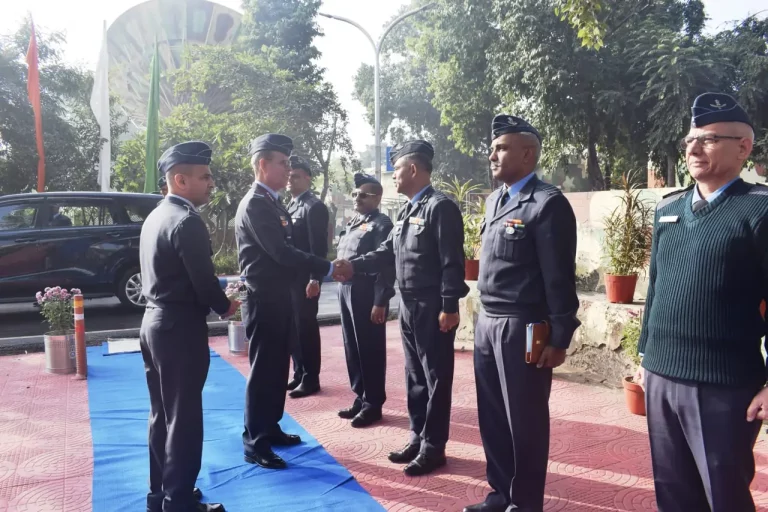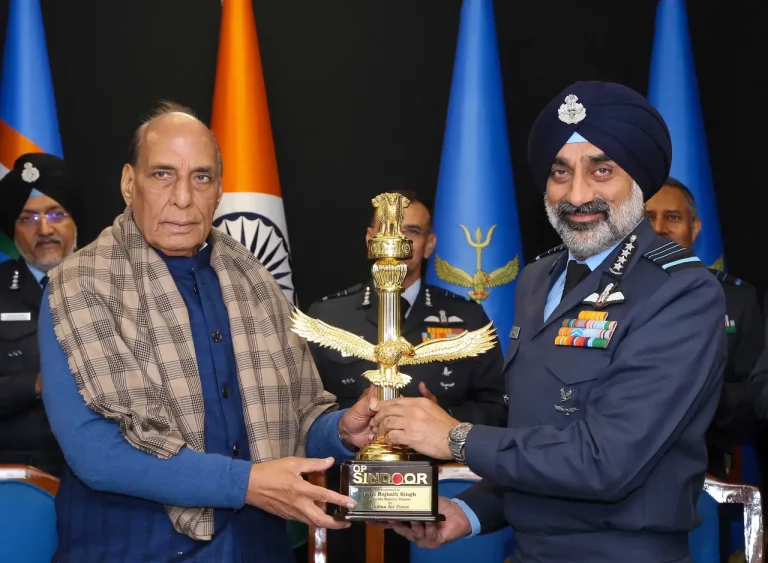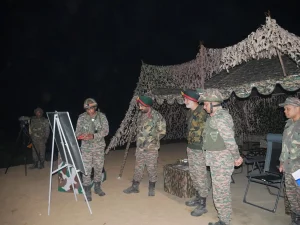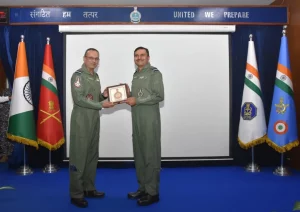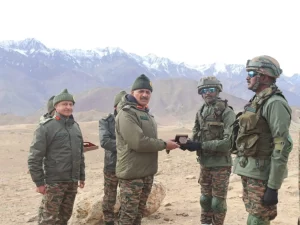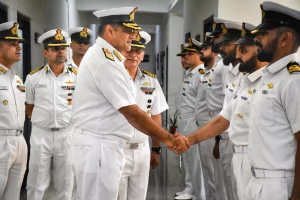The Indian Navy has officially commissioned INS Tamal, the latest addition to its fleet, marking a significant milestone in the nation’s naval capabilities. This event took place at the Yantar Shipyard in Kaliningrad, Russia, and was attended by Vice Admiral Sanjay J Singh, Flag Officer Commanding-in-Chief of the Western Naval Command, along with senior officials from both Indian and Russian defense sectors.
INS Tamal is the second vessel in the Tushil-class stealth frigate line, representing an advanced version of the earlier Talwar and Teg-class warships derived from Russia’s Project 1135.6 (Krivak class). The commissioning symbolizes the end of India’s reliance on foreign-built warships, aligning with the government’s initiatives like Aatmanirbhar Bharat and Make in India, thereby emphasizing a strategic shift toward domestic naval construction.
The first ship of this class, INS Tushil, was commissioned in December 2024. Both vessels are integral to the Indian Navy’s Western Fleet, which is often referred to as the Sword Arm. Under an Inter-Governmental Agreement with Russia, two additional frigates—Triput and Tavasya—are currently under construction at Goa Shipyard Limited, showcasing a commitment to self-reliance in naval production.
INS Tamal boasts over 30 percent indigenous content, incorporating advanced systems such as the BrahMos long-range cruise missile. Additionally, the frigate is equipped with Shtil vertical launch surface-to-air missiles, an upgraded A190 100 mm gun, anti-submarine rocket systems, heavyweight torpedoes, and sophisticated radar and electronic warfare capabilities. It also features state-of-the-art sensors like the EO/IR Sandal V system, which enhances its situational awareness. The ship is designed for network-centric warfare, equipped with modern satellite communications, data links, and secure communications.
The aviation facilities aboard INS Tamal allow it to operate Kamov-28 multirole helicopters and Kamov-31 airborne early warning helicopters, significantly expanding its operational capabilities. Its COGAG propulsion system enables speeds exceeding 30 knots, combining high endurance with a potent firepower-to-tonnage ratio.
The Tushil-class project is recognized as one of the largest foreign naval shipbuilding contracts globally and underscores the historical depth of Indo-Russian defense ties. The relationship, originating in the mid-1960s, saw India turn to the USSR for vital naval systems when Western nations were unwilling to supply them. This partnership facilitated the development of submarines, missile boats, and supersonic fighters, enhancing India’s maritime capabilities and helping to achieve pivotal outcomes during conflicts such as the 1971 war.
Following the 1971 conflict, cooperation between India and Russia continued to grow, with significant equipment transfers including the Nanuchka and Kashin class vessels, Kilo class submarines, maritime patrol aircraft like the TU-142 and IL-38, and the retrofitting of the aircraft carrier INS Vikramaditya. The joint development of the BrahMos missile further solidified this enduring collaboration.
The commissioning of INS Tamal not only enhances India’s naval strength but also symbolically closes a chapter that has seen India rise as a formidable maritime power, supported by a reliable ally. As India pivots toward indigenous shipbuilding, the legacy of Indo-Russian defense cooperation remains a cornerstone of its naval strategy and operational readiness.
